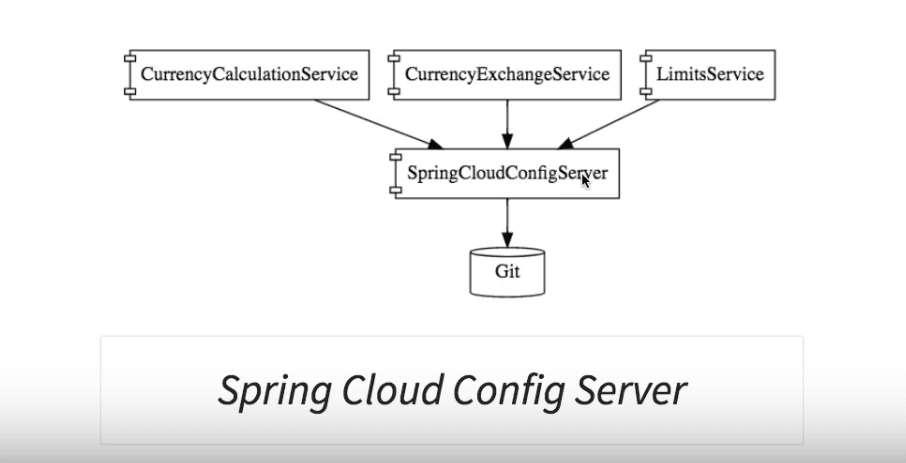Microservices Architectures: Centralized Configuration and Config Server
We look into centralized configurations in microservices-based applications and how the Spring Cloud Config Server manages centralized configuration.
Join the DZone community and get the full member experience.
Join For FreeIn this article, we explore the concept of centralized configuration in the context of microservices.
You Will Learn
- What a cloud config server is.
- What centralized configuration is.
- Why we need centralized configuration in a microservices architecture.
- What the important features of Spring Cloud Config Server are.
Cloud and Microservices Terminology
This is the second article in a series of six articles on terminology used with cloud and microservices. Part 1 is available here:
Why Centralized Configuration?
When we talk about a microservices architecture, we visualize a large number of small microservices talking to each other. The number of microservices depends on the size of the enterprise.
 Basic Microservices Architecture
Basic Microservices Architecture
The interesting part is that each of these microservices can have their own configuration.
Such configurations include details like:
- Application configuration.
- Database configuration.
- Communication Channel Configuration - queues and other infrastructure.
- URLs of other microservices to talk to.
In addition, each microservice will have a separate configuration for different environments, such as development, QA, and production.
If maintaining a single configuration for a large application is difficult, imagine maintaining configurations for hundreds of microservices in different environments.
Centralized Config Server to the Rescue
That's where a centralized configuration server steps in.
Configuration for all microservices (for all environments) is stored at one place — a centralized configuration store.
When a microservice needs its configuration, it provides an ID at launch — a combination of the name of the microservice and the environment.
The centralized config server looks up the configuration and provides the configuration to the microservice.
Ensure that the configuration in a centralized config server is secured and has role-based access.
Introducing Spring Cloud Config Server
Spring Cloud Config Server is one of the popular implementations of a cloud config server.
Spring Cloud Config Server enables you to store all the configurations for multiple microservices for different environments in a git or SVN Repository. A set of folder structures and conventions needs to be followed for the setup to work.

A microservice can connect to the config server and identify itself, and also specify the instance it represents. This enables it to get the required configuration.
The setup ensures that the operations team does not need to take time out to configure the individual microservices on a case-by-case basis. All that they need to worry about is configuring the centralized config server, and starting to put relevant configurations into the git repository.
Automatically Picking Up Configuration Changes
An interesting feature present with the Spring Cloud Config Server is auto refresh. Whenever a change is committed to the git repository, configuration in the application is auto-refreshed.
Summary
In this article, we looked at why we need centralized configuration in microservices-based applications. We looked at how the Spring Cloud Config Server manages centralized configuration.
Published at DZone with permission of Ranga Karanam, DZone MVB. See the original article here.
Opinions expressed by DZone contributors are their own.

Comments